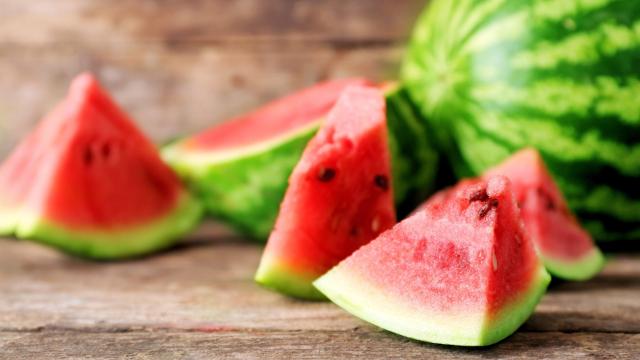For many of us, our approach to nutrition includes counting carbohydrates, whether it’s following a keto or low-carb diet or aiming for a specific proportion of macros each day. We also tend to sort foods into “good carbs” and “bad carbs” based on criteria like whether they’re quick-digesting carbs or whether they have more fibre.
However, as two researchers recently pointed out in a perspective published by Advances in Nutrition, our emphasis on “good carbs” and “bad carbs” may lead us to forego a number of foods that have a well-established health benefit. As co-author Rebekah Schulz, a graduate student in food science at the University of Minnesota, told VeryWellFit, “While these aspects can be individual pieces of the puzzle, they don’t reflect the full picture of carbohydrate quality.”
Assigning labels of “good” and “bad” leaves out a lot of foods
Sorting foods into “good” and “bad” carbs is one of those simplistic distinctions that lacks the nuance to establish a healthy pattern of eating. Although this distinction may sound trivial, the key difference is that categorising “good” and “bad” carbs are causing people to avoid certain fruits, vegetables, and whole grains, which are seen as having “too many” carbs, when in fact these foods offer a lot of benefits.
And this is more than an abstract concept. According to a report released by the CDC, only 1 in 10 Americans are eating the recommended daily amount of fruit and vegetables. Given that a diet rich in fruits and vegetables is known to reduce the risk of chronic conditions like heart disease, obesity, Type 2 diabetes, and certain cancers, this suggests that dismissing some fruits and vegetables as being full of “bad carbs” may not be the best way to think about nutrition. (This includes watermelon, which way too many people dismiss as being too high in sugar. There’s nothing sadder than life without a bowl of cut-up watermelon sprinkled with a little lime and Tajín.)
For example, if you are following an “if it fits your macros”-type diet, and you only have a limited number of carbs left, you might end up eating a highly-processed energy bar that has the right macros, when instead, you might be better off eating a piece of fruit or a slice of whole grain toast, even if the macros aren’t exactly the ratio you were looking for. (And yes, this is a suggestion to people on low-carb diets that it might be a good idea to add in some whole grains and fruit, even if it disrupts your macros.)
For carbs, prioritise quality over quantity
Instead, Shulz and her co-author, Joanne Slavin, a professor of nutrition and food science at the University of Minnesota, suggest looking at carb quality rather than quantity. When it comes to the quality of carbohydrates, they recommend looking at factors such as the percentage of whole grains, whether there’s any added sugar, the total amount of fibre, and the ratio of total carbohydrates to the amount of fibre and added sugar.
If these factors can be summed in one sentence, it would be: “Eat more unprocessed food.” This is something that we all know is good for us in theory, but when it comes to the many, many food choices we make every day, it can be all too easy to just focus on the quantity of carbs, rather than the quality, letting the fruits and vegetables fall to the wayside.

Leave a Reply
You must be logged in to post a comment.